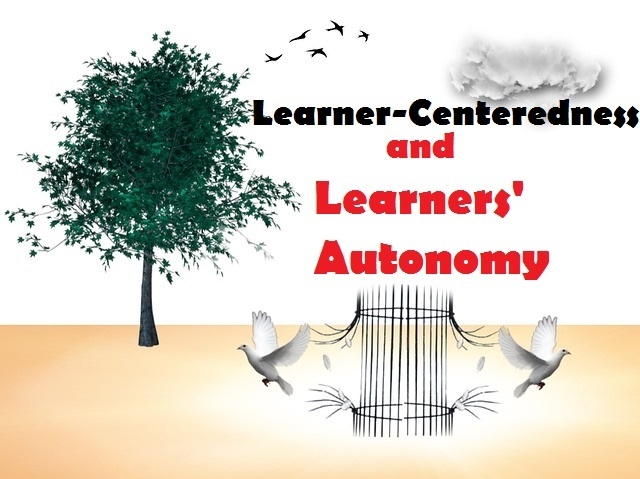Important tips about classroom management
Classroom management is defined as the wide range of skills, strategies, and techniques that teachers use to ensure that their teaching is taking place smoothly and effectively.
Basically, the ultimate objective for any teacher is an academically productive classroom with attentive and engaged students. Unfortunately, even expert in-service teachers still find it hard to manage their classes under certain circumstances.
Even teachers who consider themselves skilled classroom managers, things often change and can be hard for them. It all depends on the context and the nature of students.
But generally, classroom management is a continuous process and a part of a life-long process that makes teaching appealing and productive.
In the end, we are pretty much sure that professional classroom managers are just typical teachers and humans. They just learned these skills and practiced them with passion.
Anyways, the objective of this post is to highlight some of the most important principles and skills teachers can draw on. This post was made specifically for novice and inexperienced teachers to get a microscopic understanding of the technicalities of classroom management.
The first aspect is sight, sound, and comfort.
As a teacher, you should be to control these aspects:
- The classroom should be neat, very clean, and orderly arranged.
- Chairs are appropriately arranged.
- You can see all your students
- All your students can see and hear you
- The blackboard is well-organized.
- The classroom is free from noises.
The second aspect is seating arrangements.
Learners are members of a group and should face one another, talk and interact… etc. It is advisable to reconsider different seating patterns.
The third aspect is blackboard use.
The blackboard or the whiteboard (depending on what the teacher uses) is an important part of the teacher’s job. It helps learners have visual input. It allows teachers to illustrate and demonstrate what they explain with sentences and phrases. So, the board should be well organized, neat, and orderly. It shouldn’t be messy and confusing. It is advisable that teachers use different markers and colors.
The fourth aspect is equipment:
When teachers decide to use electrical equipment such as data projection, DVD player, voice projection, or a mobile phone, they should make sure that:
- The classroom has outlets.
- Everyone can see and listen to what is presented through the equipment.
- The equipment works well.
- They know how to operate the equipment.
- They leave time before and after installing the equipment.
- There are extra batteries and enough light bulbs in the class.
The fifth aspect is teachers’ voice and body language.
Teachers should have a good audible voice. This is one of the requirements of good teaching and one of the principles of classroom management. Learners should hear clearly all the teacher says in the class.
Body language is so powerful. Sometimes, it can be very dangerous and show teachers’ bad habits. For effective body language, teachers need to consider the following:
- The posture reflects confidence.
- The palms are always open.
- Gesticulate more and more to demonstrate ideas.
- The facial expressions should reflect seriousness, warmth, encouragement…. etc.
- Move around the class.
- Dress well and show your manners.
As teachers, you have to understand that classroom management is one of the most important skills that impact students’ achievement and academic performance. It is very important for teachers to be effective classroom managers for that it will impact their students positively.
You have to understand that classroom management is a broad aspect of teaching. You can’t just learn everything about it in one day, or a week or even years. It is the continuous and consistent accumulation of knowledge and skills throughout the years.
Please, share this post with your friends who are beginning teachers. You can always ask questions and share your ideas in the comments.







